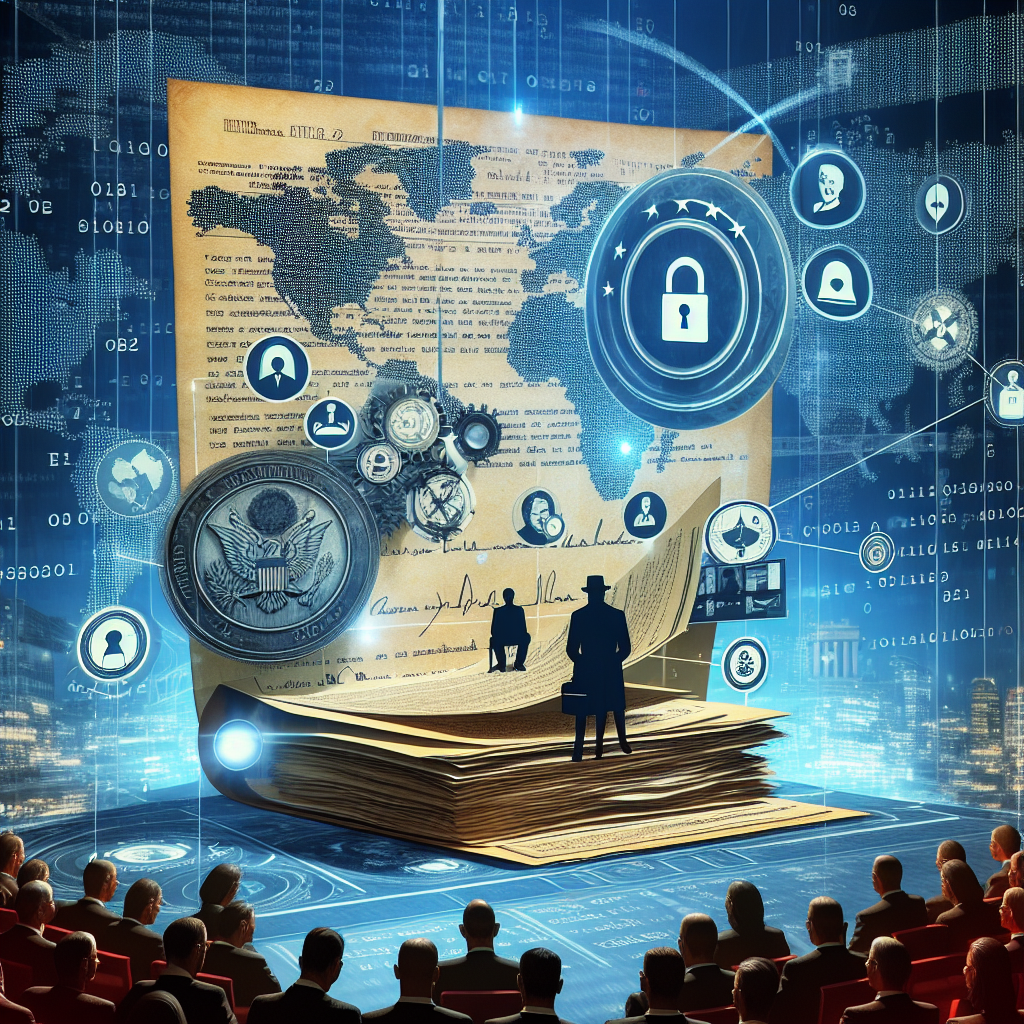JFK Records Release Unveils CIA Secrets and Personal Data
JFK Records Release Unveils CIA Secrets and Personal Data
Introduction
The recent release of JFK assassination records has shed new light on the CIA’s involvement and revealed personal data that had been kept under wraps for decades. This disclosure has sparked renewed interest and debate over the events surrounding President John F. Kennedy’s assassination.
Key Revelations
- CIA Operations: The documents provide insights into covert CIA operations during the Cold War era, highlighting the agency’s extensive surveillance and intelligence-gathering activities.
- Oswald’s Connections: New information about Lee Harvey Oswald’s interactions with various intelligence agencies has emerged, raising questions about his motives and potential affiliations.
- International Relations: The records reveal the geopolitical tensions of the time, including the U.S. government’s concerns about Soviet influence and espionage.
- Personal Data: Personal details about individuals involved in the investigation have been disclosed, offering a more comprehensive understanding of the people behind the historical event.
Public Reaction
The release has reignited public interest and speculation about the true circumstances of JFK’s assassination. Historians, researchers, and conspiracy theorists alike are delving into the newly available information to piece together a more complete narrative.
Implications for Historical Understanding
This release not only enriches the historical record but also challenges previous narratives about the assassination. It underscores the complexity of Cold War politics and the intricate web of intelligence operations during that period.
Conclusion
The unveiling of these JFK records marks a significant moment in historical research, offering fresh insights into one of the most scrutinized events of the 20th century. As scholars and the public continue to analyze the data, the implications of these revelations will likely influence our understanding of both the assassination and the broader context of U.S. intelligence activities during the Cold War.















